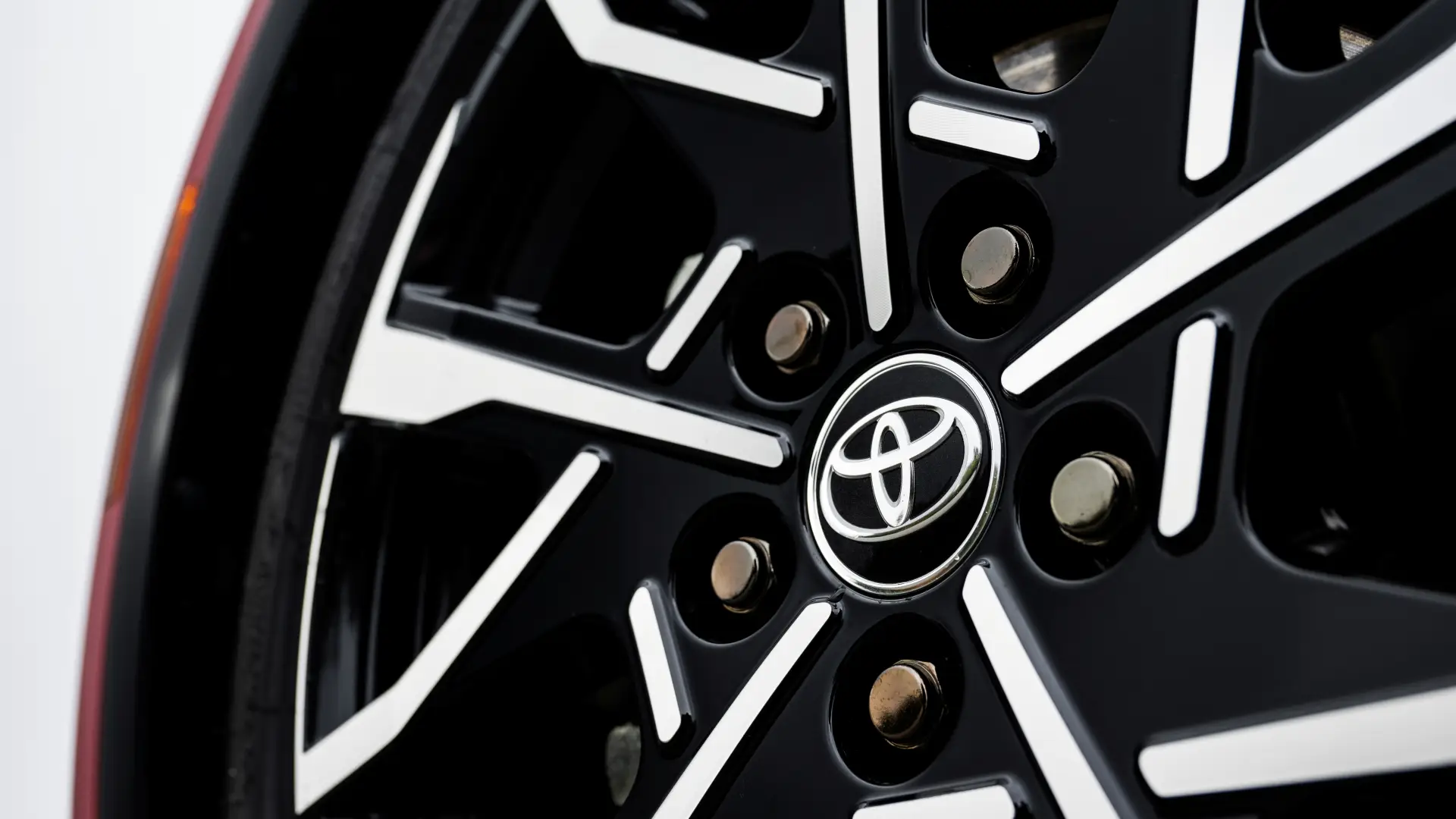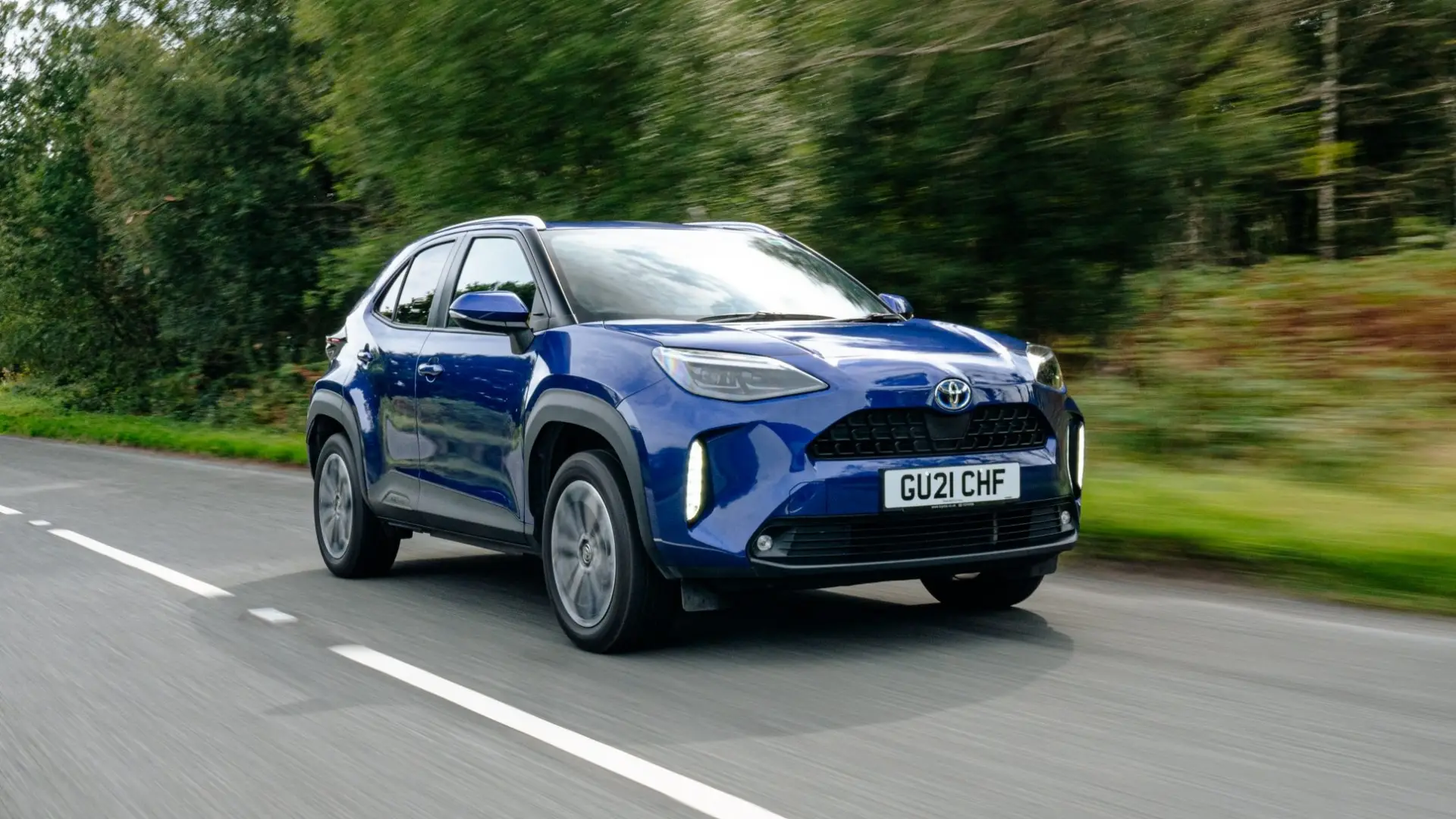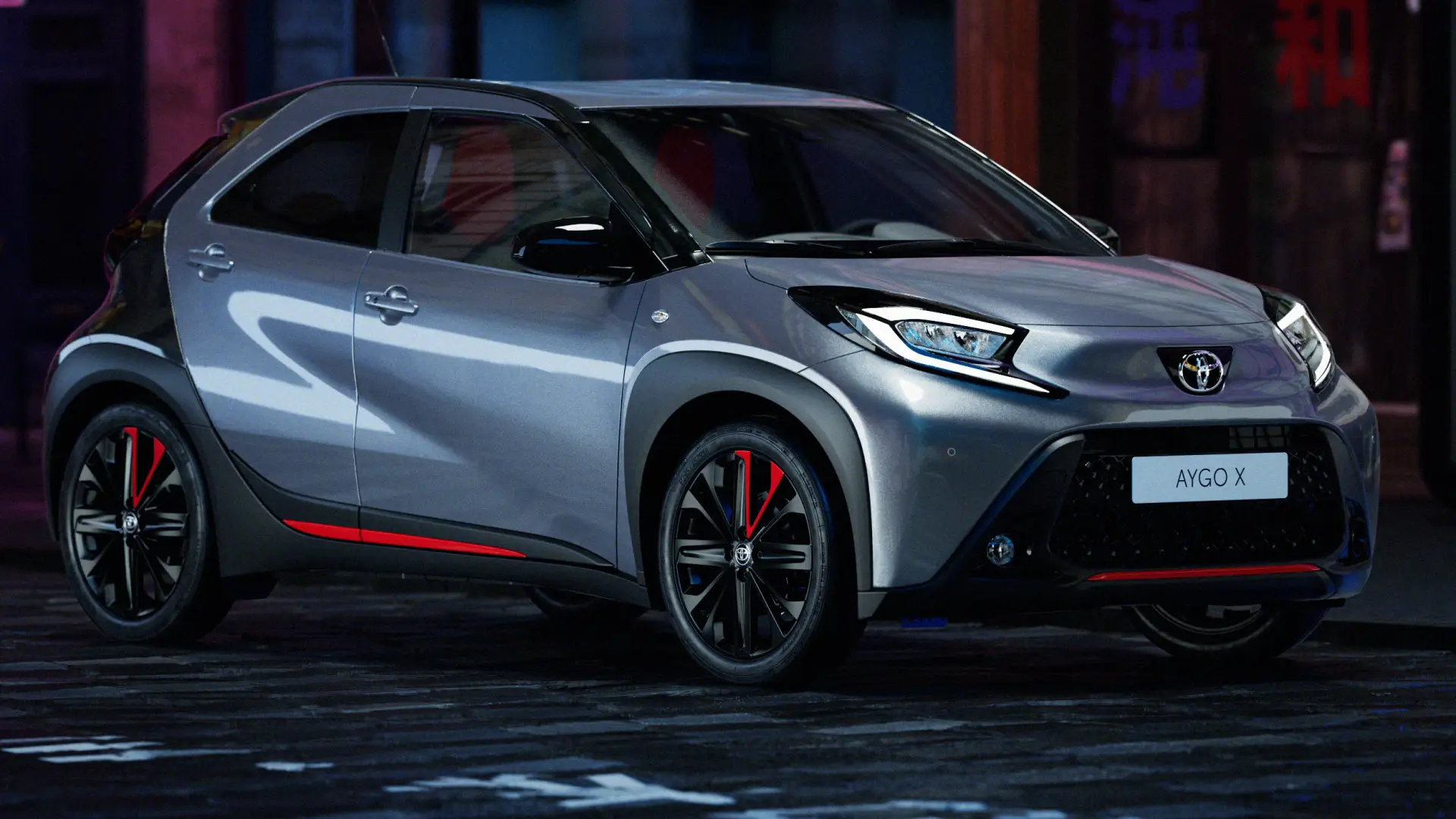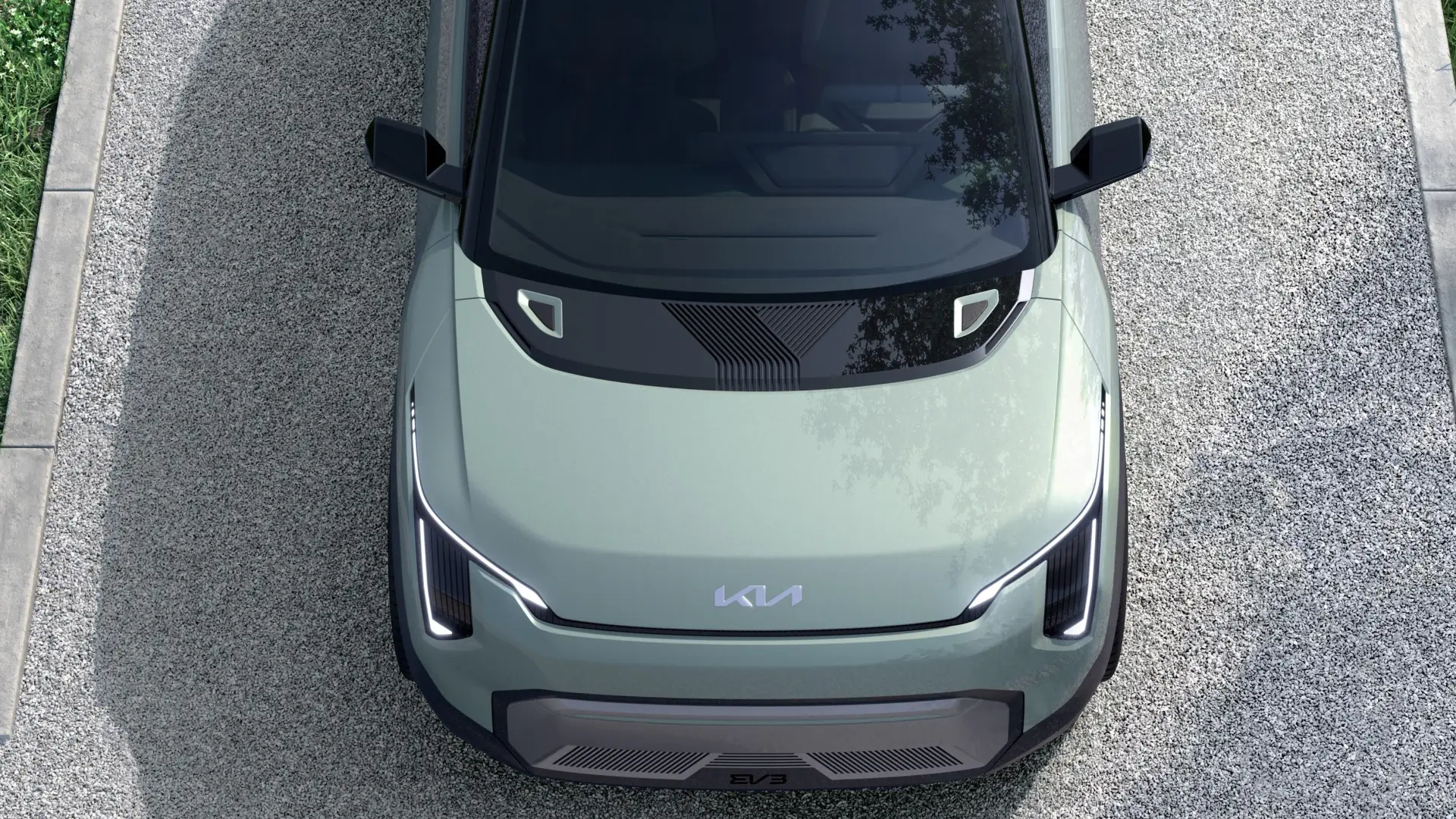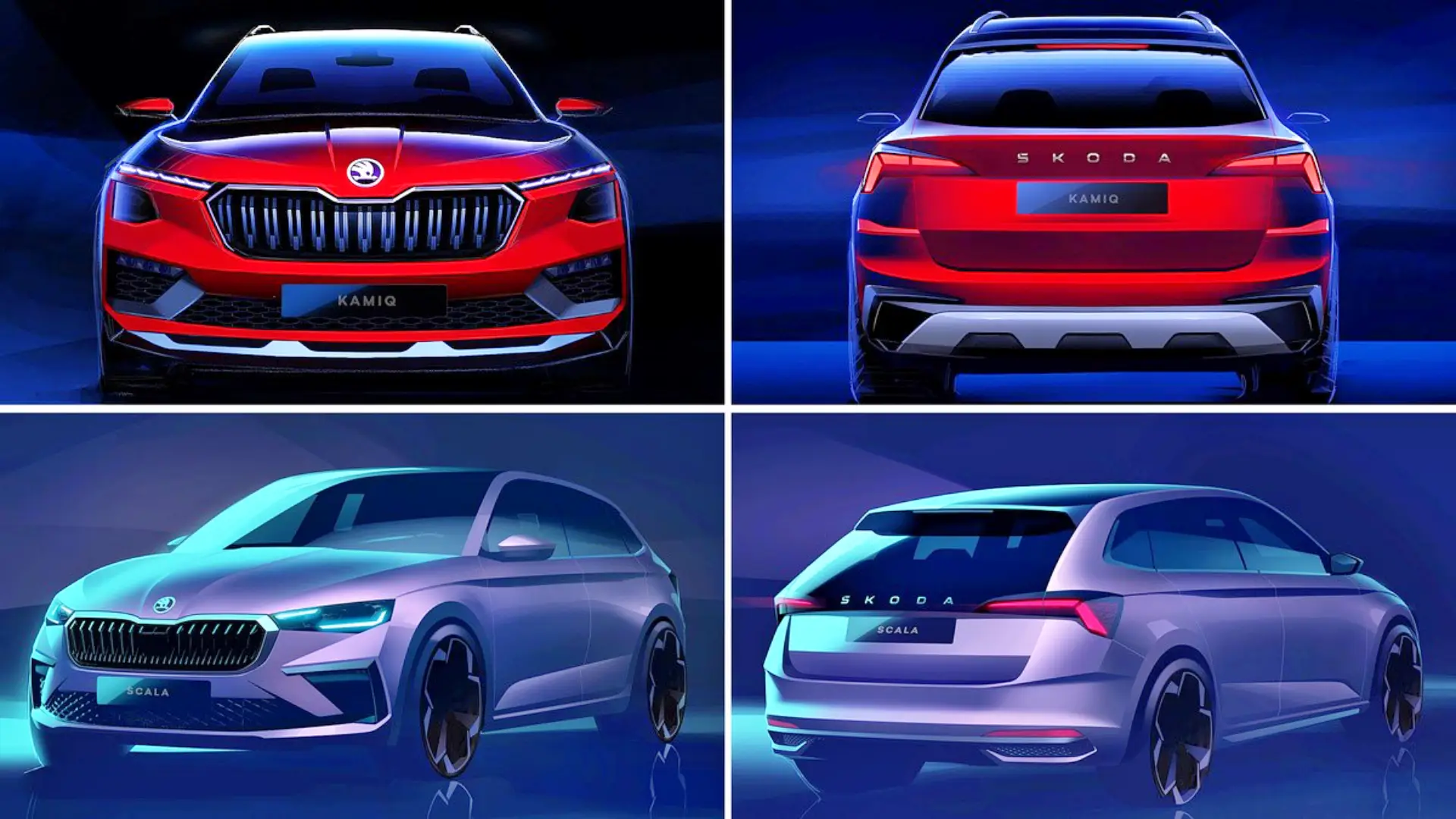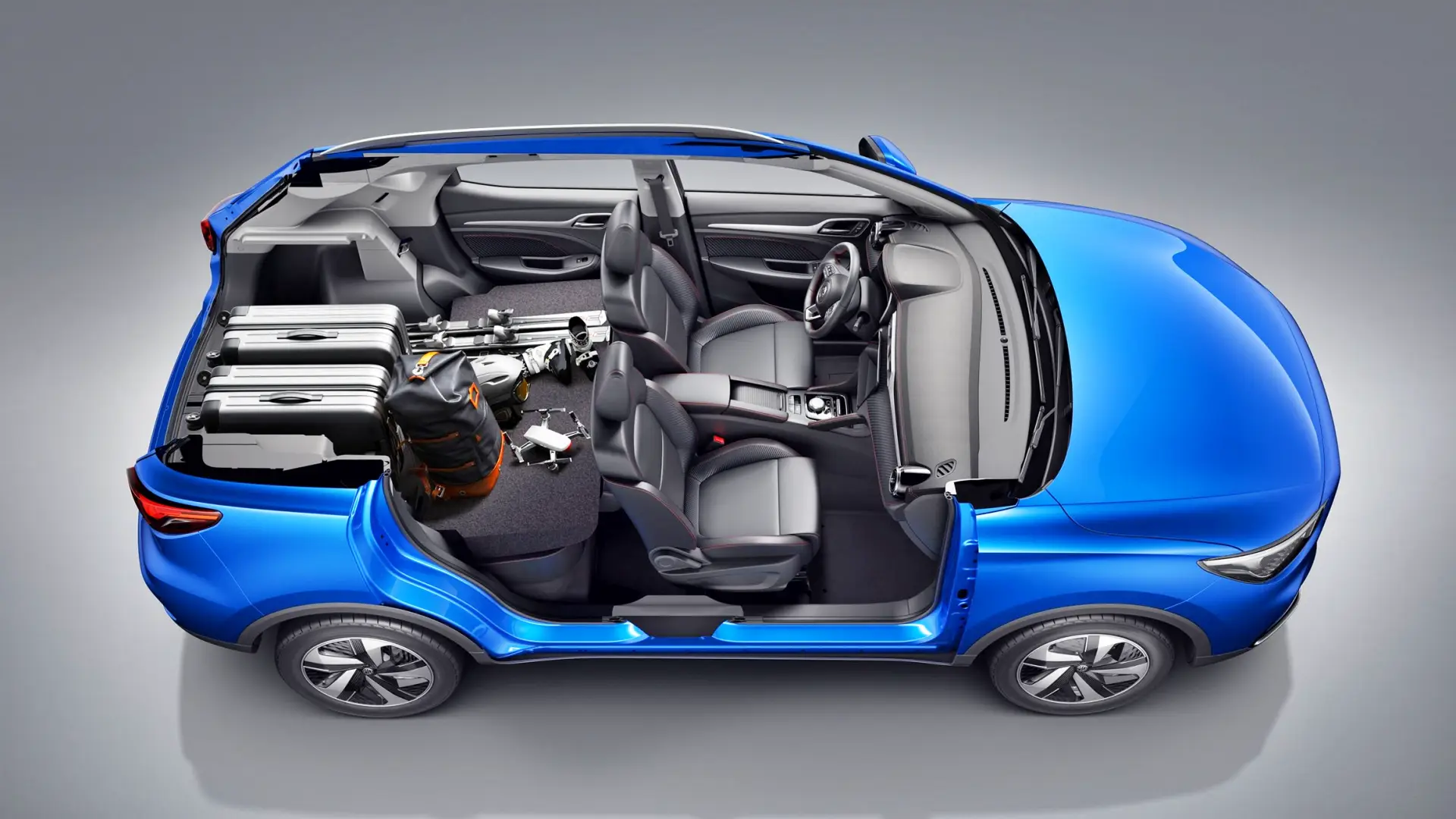There is no fear in saying that Toyota is entering the electric car ‘game’ late. The Japanese firm has made history with its self-charging hybrid vehicles (HEV) in recent decades, but its next step is well-defined and marked on the calendar.
Starting in 2026, Toyota’s entire arsenal will begin to arrive in the electric car market. In 2022, according to data from Goldman Sachs, Toyota cars barely represented 0.3% of all-electric vehicles sold in the world, but by 2030 it wants to reach the figure of 1.7 million.
The aspirations are very great, although they are several steps behind brands like Tesla and the company. But at the same time, their aspirations and self-confidence are enormous, to the point of wanting to look at Elon Musk’s electric cars, among others, and close the gap in the sales of electric cars with their rivals in a very short time.
And to do this, there is nothing better than resorting to new technologies, but also using ‘old school’ in their already famous lean vehicle manufacturing processes, with which the Japanese intend to compensate, in some way, for the ground lost in recent years. years in this field.
The ‘Kanban’ work methods and workflows in Toyota factories in Japan are well known, to the point of being studied in business schools and universities. These methods have boosted the brand in recent years thanks to the possibilities they offer: inefficiency is eliminated and costs are reduced.
“The strength of Toyota manufacturing lies in our ability to respond to changing times,” says Toyota product director Kazuaki Shingo, during a visit by journalists to one of its production plants.
This Toyota Production System uses self-propelled production lines, where electric vehicles are guided by sensors along the assembly line; In this way, the need for conveyor equipment is reduced, and flexibility increases.
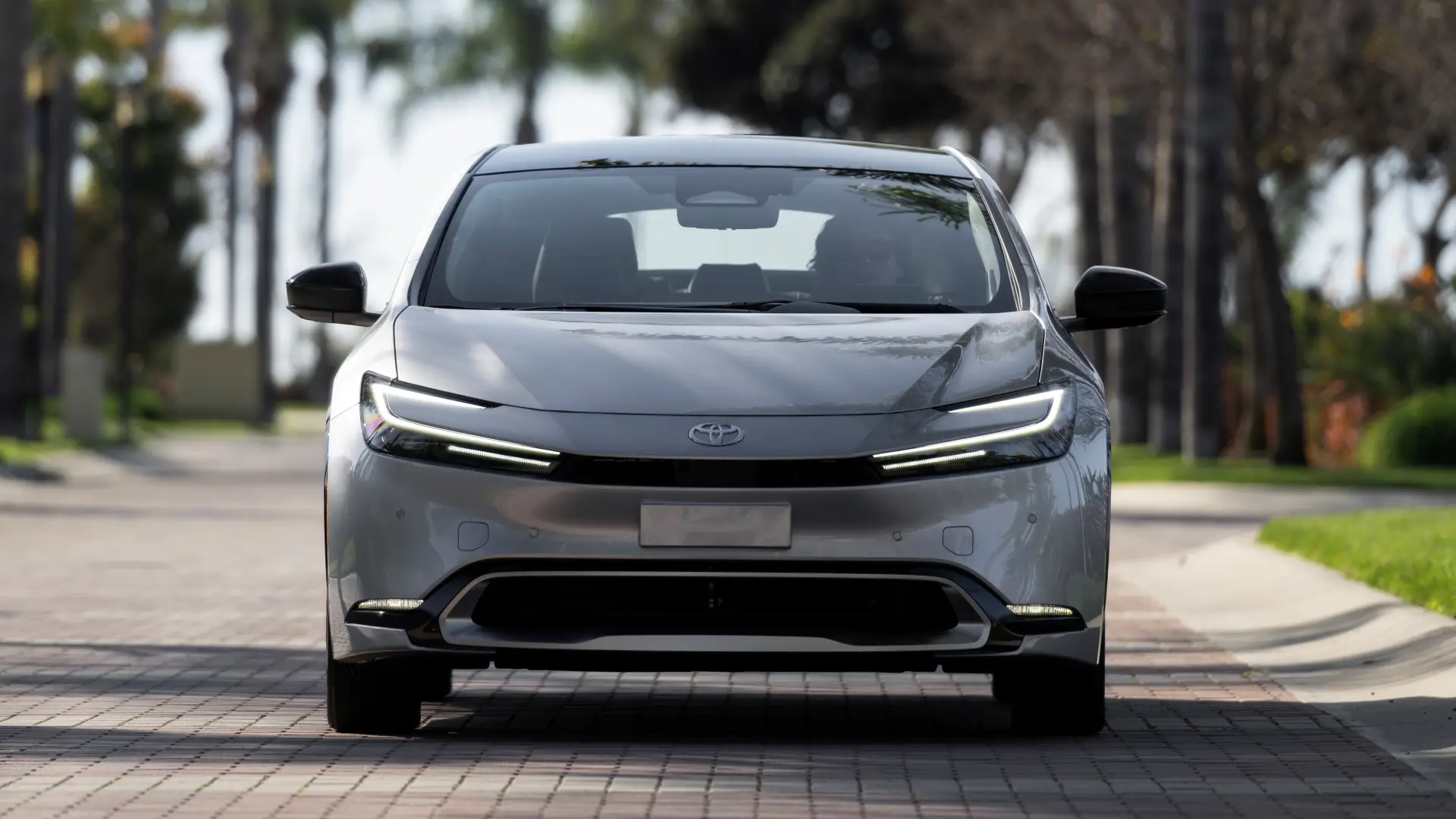
Toyota is also ‘copying’ some ideas from Tesla: for example, its production of electric cars in modular sections, which allows parts to be reduced; or the pressure casting system, known as ‘Gigacasting‘ (still in prototype form at Toyota), which allows the production of much larger aluminum parts.
But the Japanese have also come up with their own ‘thrifty’ innovations, such as the use of molds that can be replaced quickly: in just 20 minutes, compared to the usual 24 hours. They have also devised an autonomous transport robot to transport new vehicles through a 40,000-square-meter parking lot, reducing the workload and labor spent on truckers.
The high-gloss, paint-free bumper manufacturing technique, or the automation processes using robotics and 3D molding to operate at night and on weekends are other examples of Toyota’s work capacity, which goes beyond production. itself of cars and batteries.
Toyota batteries for everyone and all types
Regarding the latter, they also do not want to be left behind and want to tie up all the dots: Toyota is working on four different lines of batteries: three based on liquid electrolytes, with ranges of up to 620 miles in their high-performance version, and another solid state, which will arrive later this decade and promises ranges of 745 miles.

